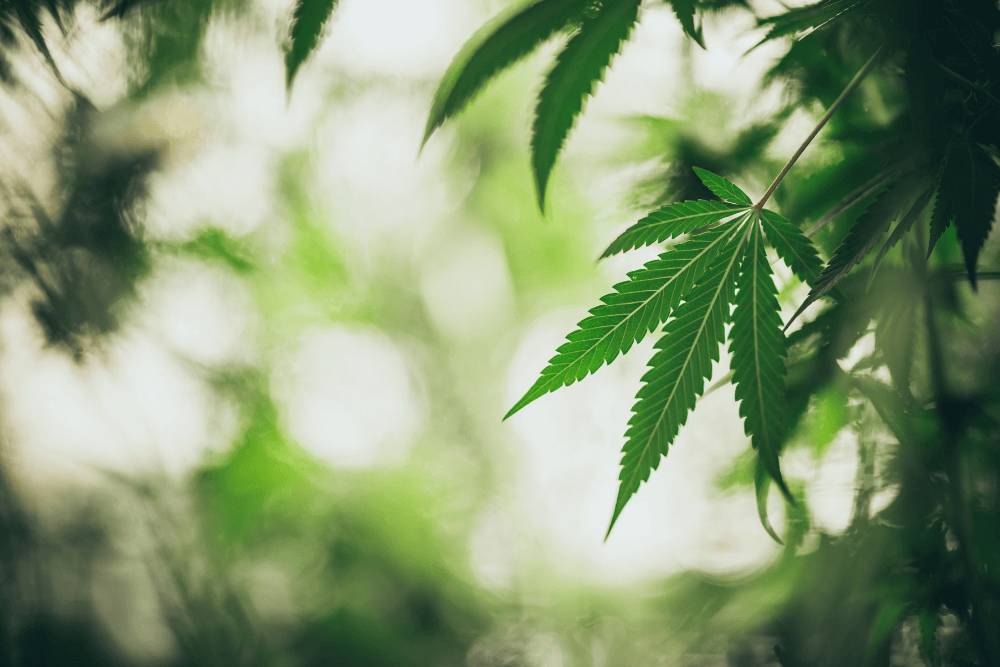Committee Blog: Cannabis Cultivation Facilities vs. Cannabis Retail Facilities – Disparities and Economic Impact
Marijuana Laws, Regulations, & Politics October 17, 2023 MJ Shareholders 0


Published by NCIA’s Cannabis Cultivation Committee (CCC)
The cannabis industry has experienced a significant transformation in recent years, with the legalization and decriminalization of cannabis in many regions around the world. This shift has led to the emergence of two distinct yet interconnected sectors within the cannabis market: cultivation facilities and retail facilities. While both play a vital role in the cannabis supply chain, they exhibit notable disparities that have a substantial impact on the economy.
Cultivation Facilities: Nurturing the Green
Cannabis cultivation facilities are the backbone of the industry, responsible for the growth and cultivation of the cannabis plant. These facilities are typically large-scale operations that require advanced horticultural techniques, specialized equipment, and a controlled environment to ensure the optimal growth of cannabis plants. Cultivators must navigate various factors such as lighting, temperature, humidity, and nutrient levels to produce high-quality yields.
One of the most significant disparities between cultivation and retail facilities lies in their resource requirements. Cultivation facilities demand substantial capital investment for equipment, real estate, utilities, and staffing. High-quality lighting systems, advanced climate control mechanisms, and nutrient delivery systems contribute to the significant start-up costs associated with these facilities.
Beyond the financial aspect, cultivation facilities often face regulatory challenges. Licensing requirements, zoning restrictions, and compliance with state and local regulations add another layer of complexity to their operations. However, despite these challenges, cultivation facilities have a direct impact on job creation, local economies, and tax revenues. They provide employment opportunities in rural and urban areas alike, stimulating economic growth and revitalization.
Retail Facilities: The Consumer Experience
On the other end of the cannabis supply chain are retail facilities, where consumers can purchase various cannabis products, including flowers, edibles, concentrates, and topicals. Retail facilities offer a diverse range of products to cater to the preferences and needs of consumers, enhancing the overall cannabis experience. These establishments range from dispensaries to specialized stores and require a different set of considerations compared to cultivation facilities.
Unlike cultivation facilities, retail establishments tend to have lower start-up costs. However, they face their own unique challenges. Navigating a complex web of regulations regarding product labeling, packaging, and sales is crucial for compliance and consumer safety. Retail facilities must also provide a safe and welcoming environment for customers while ensuring age restrictions are strictly enforced.
Retail facilities play a pivotal role in shaping public perception and acceptance of cannabis. As these establishments become more mainstream, they contribute to the normalization of cannabis use and promote responsible consumption practices. This normalization, in turn, has implications for the broader economy.
Economic Impact: Cultivation vs. Retail
The economic impact of cannabis cultivation facilities and retail facilities extends far beyond the cannabis industry itself. Both sectors contribute to job creation, tax revenues, and local economic development. cultivation facilities often require a larger workforce due to the labor-intensive nature of plant cultivation and processing. These jobs span across various skill levels, from horticulturists and technicians to administrators and security personnel.
Retail facilities, while generally employing fewer people per establishment, create job opportunities in customer service, retail management, and education about cannabis products. Moreover, both cultivation and retail facilities contribute to the local economy through real estate demand, leasing agreements, and utilities consumption.
From a taxation perspective, both sectors generate significant revenue for local and state governments. Cultivation facilities are subject to cultivation taxes and other regulatory fees, contributing to state coffers. Retail facilities, in addition to sales taxes, often face excise taxes on cannabis products. These revenues can then be channeled towards public services, education, infrastructure, and social programs.
It’s All Economics
Having more cultivation facilities and fewer retail facilities can have detrimental effects on economic stability. The balance between suppliers and retailers plays a crucial role in maintaining a healthy economy, and an excessive skew towards either end can lead to negative consequences as we are realizing in the current economic state.
A robust economy thrives on competition, which drives innovation, efficiency, and lower prices for consumers. When there are an excessive number of suppliers combined with fewer retailers, this can create challenges in distribution and logistics. Retailers act as intermediaries between suppliers and consumers, helping to streamline the flow of products and information. When there are fewer retailers, distribution networks can become strained, causing delays, inefficiencies, and potential shortages.
Economic stability relies on a balanced employment landscape. An overabundance of suppliers with limited retailers may lead to job losses in the retail sector, affecting consumer spending and the overall labor market. This can create ripple effects across various industries and reduce the purchasing power of consumers, ultimately slowing down economic growth.
Moreover, concentration of power among a few suppliers can lead to monopolistic tendencies, stifling competition and limiting consumer choice. Monopolies can dictate prices, control supply, and hinder market dynamics, negatively impacting economic stability.
Closing Thoughts
The disparities between cannabis cultivation facilities and retail facilities highlight the intricacies of the evolving cannabis landscape. While cultivation facilities require substantial investments in equipment and compliance, retail establishments focus on creating a positive consumer experience and normalizing cannabis use. Together, they form a symbiotic relationship that drives economic growth, job creation, and tax revenues.
As the cannabis industry continues to mature, it is crucial for stakeholders, policymakers, and entrepreneurs to recognize the importance of both cultivation and retail facilities. Striking a balance between these sectors will be vital for achieving a sustainable and prosperous cannabis market that benefits not only those directly involved in the industry but also the broader economy and society at large.
MJ Shareholders
MJShareholders.com is the largest dedicated financial network and leading corporate communications firm serving the legal cannabis industry. Our network aims to connect public marijuana companies with these focused cannabis audiences across the US and Canada that are critical for growth: Short and long term cannabis investors Active funding sources Mainstream media Business leaders Cannabis consumers









No comments so far.
Be first to leave comment below.